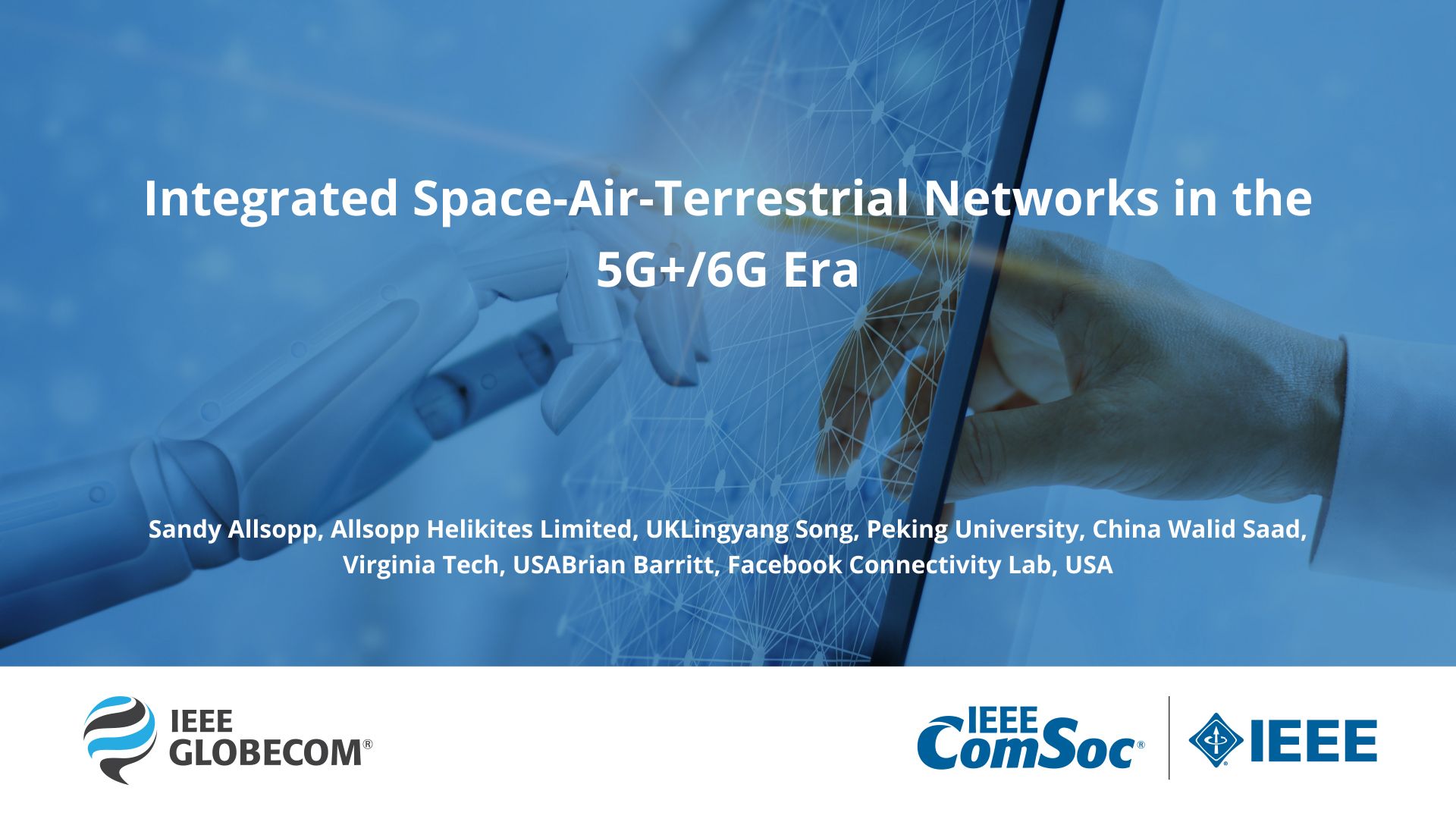
Description
One of the main reasons attributed to the digital divide is the business cost and return on investment (RoI). In poorer or lower population density regions, the cost of deployment of optical fiber in the backbone network and related infrastructure, in particular a reliable electrical power grid, becomes prohibitively large, whereas the RoI remains marginal at best. In this scenario, a viable solution to cut down on the cost factor is to deploy satellites in the backbone network in order to provide connectivity to far-flung or less populated areas, to passengers in airplanes, ships, and trains, or to disconnected people in areas affected by natural disasters. More specifically, a constellation of satellites can provide worldwide coverage if a sufficient number of those are utilized. For instance, in recent years, different constellations of satellites have been proposed to provide global broadband access to Internet which includes the Starlink supported by SpaceX with 12000 LEO satellites, Amazon’s Project Kuiper with 3236 LEO satellites , and Telesat LEO with 300 to 500 satellites. Such a large number of satellites has allowed mass production of components, thereby resulting in a significant reduction in satellite manufacturing costs. Alternatively, if a large footprint on the remote location is not required, a high altitude platform (HAP) or a swarm/cascade of HAP’s or balloons/helikites can be used in the backbone network in the sky. The service model envisaged in this regard comprises of two configurations. In the first arrangement, a single HAP functions in a “tower-in-the-air” configuration whereby it relays data obtained from the ground station (uplink) to various service delivery stations (such as base stations) in the downlink. In the second configuration, a swarm/cascade of HAP’s is used as both relay nodes and service delivery devices for the local users. The same configuration can also be used in conjunction with LEO or MEO satellites if the area to be covered is significantly large. In this context, this panel aims to go over the recently proposed integrated space-air-terrestrial network solutions to provide high-speed connectivity not only in under-covered/remote/rural areas but also to moving cells in the air (airplanes) and the sea (cruises/ships).
Event
IEEE Global Communications Conference 2020
Presenters
Sandy Allsopp, Allsopp Helikites Limited, UK Lingyang Song, Peking University, China Walid Saad, Virginia Tech, USA Brian Barritt, Facebook Connectivity Lab, USA
ComSoc Member Price
$0.00
IEEE Member Price
$15.00
Non-Member Price
$25.00


